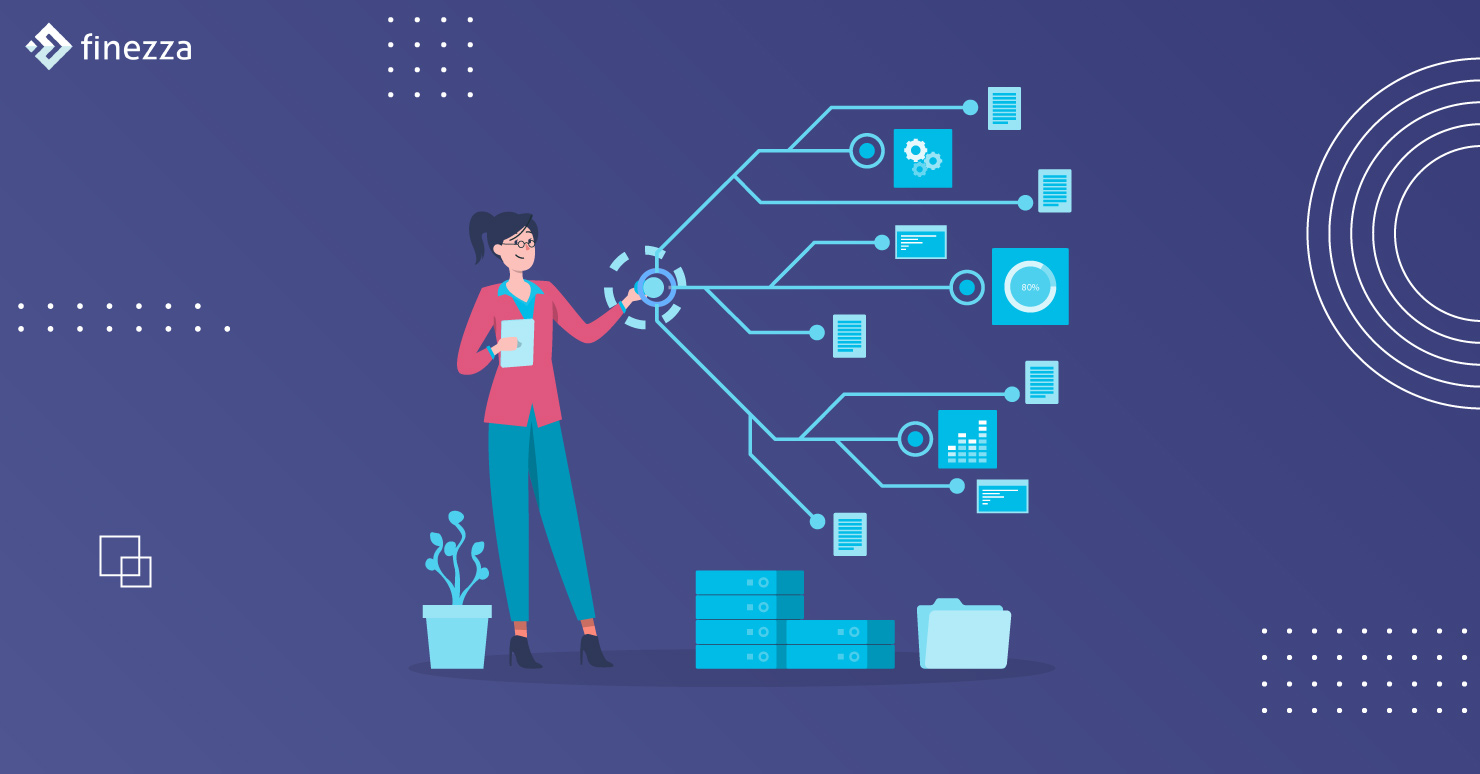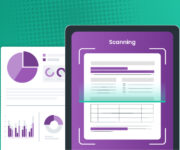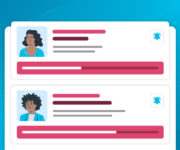At the onset of the pandemic, factors like the dependence on physical processes and the lack of adequate infrastructure collectively brought the lending to a standstill. The lending rate touched all-time lows in the country, and the limited applications that were processed were digital pre-approved loans to very select customers. Clearly, the only way to resume lending is by establishing a more digitally robust ecosystem.
Additionally, applying for loans would get more complicated if the conditions are not improved. Onboarding new customers offer vivid revenue-generating opportunities for any bank or financial institution. Digital onboarding processes showcase a lender’s efficiency and commitment to customer care. More and more businesses must find new ways to improve the customer onboarding experience and adapt to the already ablaze digital revolution to innovative digital onboarding solutions would help them be pioneers in their field.
Problems with the Traditional Onboarding Process
Many lenders fear the unprecedented challenges that come with the adoption of digital onboarding solutions. They assume it’s difficult to change the organisational culture and already established processes when it comes to customer onboarding. However, with the help of a right automation partner who can promise growth while keeping up with the changing regulations, adopting digital onboarding is not a tough ask.
What Improved Remote Digital Onboarding Entails?
The traditional onboarding process doesn’t let financial institutions enable companies to remotely onboard new customers. As the latest social distancing norms make it difficult to practice traditional in-person onboarding with hard copy documentation, it is being replaced by secure digital solutions. These digitally advanced solutions allow customers to be onboarded remotely.
Digital onboarding, however, is way faster in approach and ensures seamless customer journeys. The process not only automates repetitive tasks such as data entry and verification through Robotic Process Automation, but it also increases employee efficiency. Modern lending management software promises a unified customer view across the organisation that improves the speed of service delivery, in the long run, promising better customer retention rates. In the light of dynamically transitioning policies, digital onboarding practices fortify organisations with the flexibility to meet changes at the speed of information.
Modern software can help organisations refine the way customers sign up and complete a loan application with KYC. Overall, they improve customer experience, lower the onboarding costs, and speed up the processes manifold.
How to Implement a more Digital Borrower Onboarding Process in the Times of COVID-19?
Beyond COVID-19, the dependence on paper-based transactions is sure to lose their relevance. Customers are expected to look for more digital solutions, and a digital onboarding process for borrowers will be imperative.
 Machine Learning
Machine Learning
Tailoring customised user experience for borrowers with the help of ML-backed solutions helps lenders ace the digital onboarding game. Banks and other lending companies can optimise their onboarding processes by integrating data-centric processes and ML platforms to save their time and resources. ML technologies fruitfully automate client-facing functions like interpreting documents and data analysis. It offers intelligence to ease the workflow at the lenders.
Robotic Process Automation
The transition of lending companies to cloud-based systems brings forth an opportunity for growth. Lending officers can perform data searching and sort with robotic assistance that enables workflow execution in seconds.
Predictive Analysis
Lending management software can ensure a flawless digital onboarding experience with predictive analysis. The technology can be used to identify issues without any manual intervention.
Data Processing
Digital Onboarding opens up numerous security risks that need sure-shot management for successful blending operations. Lending firms also struggle with managing large chunks of data as well as adhering to compliance requirements. Some commercial lending management solutions come with the ability of processing high-volume data. Data analytics red-flags unusual user behaviour from suspicious activity and minimises the risk of fraud or a data breach.
Lending Mobile Apps
During the COVID-19 crisis, numerous customers embraced the habit of conducting transactions through their personal devices from the comfort of their homes. There is a surge in the popularity of mobile-first lending due to its speed and efficiency. Post the pandemic mobile banking apps must integrate mobile e-signatures along with digital audit trails to facilitate quick capturing of signatures while still maintaining compliance. There is also a need for mobile app shielding to protect it from cyberattack, intrusion, tampering, reverse-engineering, and malware.
Why Finezza is the Perfect Solution for Improving Digital Borrower Onboarding Process
The unprecedented COVID crisis would prove to be a turning point for the lending industry. It has brought about more full consumer acceptance and a more significant trigger to pedal the industry towards entirely digital processes. As a more significant chunk of the financial industry steps into leverage the advanced machine learning and predictive analytics based solutions, the volume of data is growing exponentially too. Financial players need to find ways to safeguard digital onboarding for its borrowers, so as it streamlines businesses and improves financial analysis with machine learning technologies. Finezza presents a novel and creative way of keeping abreast with global trends of highly digitised onboarding. It offers a unique framework designed to help Indian lending companies digitize the lending process.
Finezza tackles easy data extraction from documents, especially KYC. Lenders do not need to collect and submit physical materials at the lender’s office, all thanks to Finezza. The specialised NBFC software automatically scans, uploads, verifies, and tags data from records with no need for manual intervention. It also rules out any scope for error in data extraction processes, making it efficient. With the rise in credit demand in the ‘new normal’, the need for functionality like data extraction is set to increase.
Finezza’s document recognition module identifies the type of document from the following eight types:
- Aadhaar Card
- Pan Card
- Cancelled Cheques
- ITR Acknowledgement
- Establishment Photographs
- Balance Sheet
- GST Returns
- Others ( Documents not belonging to the above categories)
Moreover, Finezza ensures field detection before Optical Character Recognition (OCR). Object Detection techniques are used to extract relevant fields and also crop the image to reduce the area of interest to the text.
Financial lending companies that still count on legacy onboarding processes in their workflow consider it an operational challenge to implement digital onboarding. However, to support the business as it falls back into normalcy, there is a need for a recovery strategy that mitigates downtime and enhances employee efficiency. Embracing digital borrower onboarding during the period of the slowdown can redefine the way you meet customer expectations.




[…] the data passes through many systems, mistakes happen, and gaps grow. Digital solutions bypass this issue. They keep all contact information up to date. So, you never end up talking to the wrong person or […]